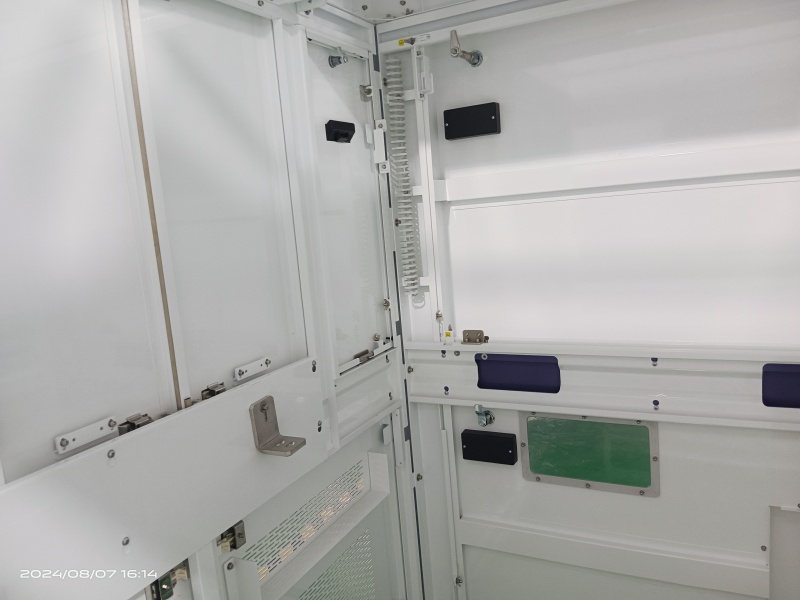Manufacturing sheet metal parts involves several key processes, each suited for different types of parts and applications. Here’s an overview of the common methods:
1. Design and Planning
CAD Design: Start with a Computer-Aided Design (CAD) model of the part. This model helps visualize the final product and plan the necessary processes.
Material Selection: Choose the appropriate type of sheet metal (e.g., steel, aluminum, stainless steel) based on the part’s requirements.
2. Cutting
Laser Cutting: Uses a high-powered laser to cut intricate shapes with high precision. Ideal for complex designs and thin materials.
Water Jet Cutting: Uses a high-pressure stream of water mixed with abrasives to cut through metal. Suitable for thick materials and complex shapes.
Shearing: Mechanical shears cut straight lines through the metal. It’s fast and efficient for simple, straight cuts.
Plasma Cutting: Employs a plasma torch to cut through metal. Effective for thick materials but less precise than laser cutting.
3. Forming
Bending: Metal is bent into shape using a press brake or similar machinery. The metal is placed between a punch and a die, and pressure is applied to create the desired angle or curve.
Stamping: Uses a press and die to create shapes, patterns, or holes in the metal. This is often used for high-volume production.
Roll Forming: Metal is passed through a series of rollers to create long sections with a consistent cross-section, such as channels or angles.
4. Machining
CNC Machining: Computer Numerical Control (CNC) machines cut, drill, and mill metal parts with high precision. Useful for creating detailed features and complex geometries.
Turning: A lathe rotates the metal while cutting tools shape it. This process is typically used for cylindrical parts.
5. Joining
Welding: Metal parts are joined together using heat and filler material. Methods include MIG (Metal Inert Gas), TIG (Tungsten Inert Gas), and spot welding.
Riveting: Metal fasteners (rivets) are used to join parts. This is a common method for assembly in industries like aerospace.
Bolting/Screwing: Mechanical fasteners are used to assemble parts. This method allows for disassembly and reassembly.
6. Finishing
Powder Coating: Applies a protective and decorative coating to the metal part. The powder is electrostatically charged and baked on.
Painting: Traditional method for adding color and protection.
Anodizing: An electrochemical process that thickens the natural oxide layer on aluminum, enhancing corrosion resistance and appearance.
Plating: Adds a thin layer of another metal (such as zinc or chrome) to improve corrosion resistance and appearance.
7. Quality Control
Inspection: Parts are inspected for dimensional accuracy, surface finish, and other quality attributes. Techniques include visual inspection, measurement with calipers, and more advanced methods like X-ray inspection.
8. Assembly and Packaging
Assembly: If the parts are part of a larger assembly, they are assembled using the chosen joining methods.
Packaging: Finished parts are packaged for delivery, ensuring they are protected during transportation.
Each step is crucial for ensuring the final product meets the required specifications and quality standards. The choice of methods and processes often depends on factors like material type, part complexity, production volume, and cost considerations.
Related Links:
sheet metal fabrication company china | china sheet metal forming manufacturers | china sheet metal fabrication manufacturers | china custom sheet metal parts | china sheet metal fabrication companies | china sheet metal fabrication factory | sheet metal fabrication companies in china | sheet metal parts manufacturing china | china sheet metal parts manufacturers | china sheet metal parts company | china metal enclosure manufacturers | china aluminum sheet metal fabrication manufacturers | china sheet metal manufacturing manufacturers

Leave a Reply